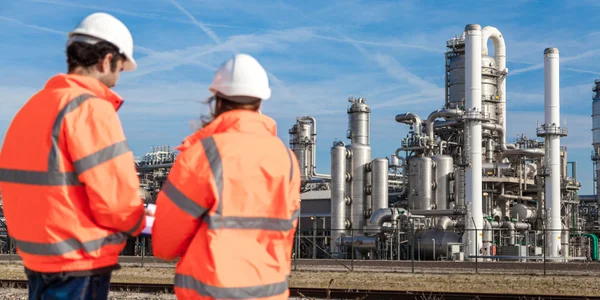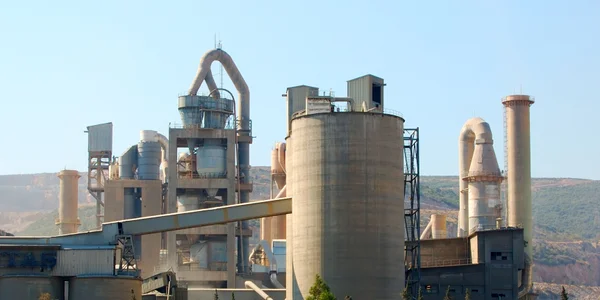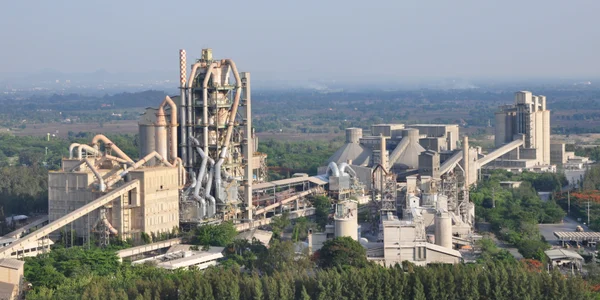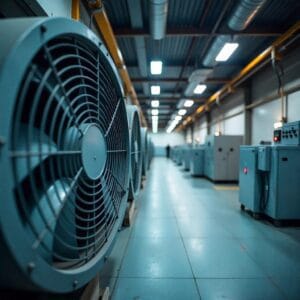Oil and Gas Industry Air and Dust Filtration Solutions
The oil and gas industry operates in high-risk environments where dust, fumes, and particulate emissions are often byproducts of exploration, drilling, refining, and transportation processes. Effective air and dust filtration systems are crucial for ensuring worker safety, preventing environmental contamination, and meeting stringent regulatory requirements. Our advanced filtration solutions are engineered to handle the unique challenges of the oil and gas sector, from wellhead to refinery and throughout transport, capturing harmful emissions and ensuring compliance with industry standards.
Dust Filtration Process in the Oil and Gas Industry
Dust filtration is crucial in the oil and gas industry to protect workers, equipment, and the environment. Operations like drilling and fracking create dust. To control this, filtration systems like baghouses, cyclones, and wet scrubbers capture dust particles from the air. The clean air is released, while the collected dust is either disposed of safely or reused in the production process.
Applications for Oil and Gas Industry Dust Control
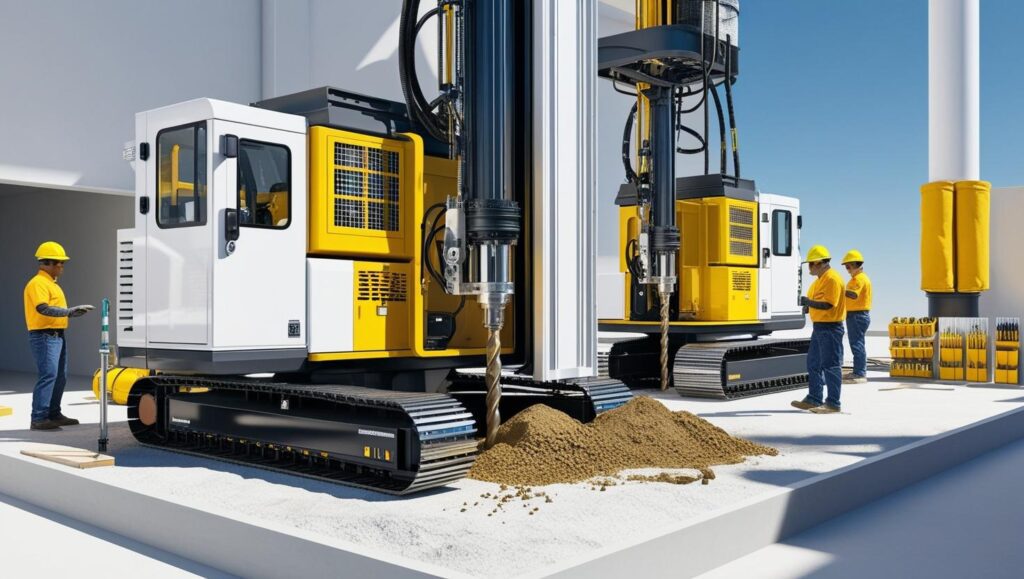
Captures airborne dust and particulate matter generated during drilling activities, preventing exposure to harmful fumes and particles.

Reduces emissions from refining operations, including distillation and cracking, ensuring cleaner air and minimizing worker exposure to harmful chemicals.
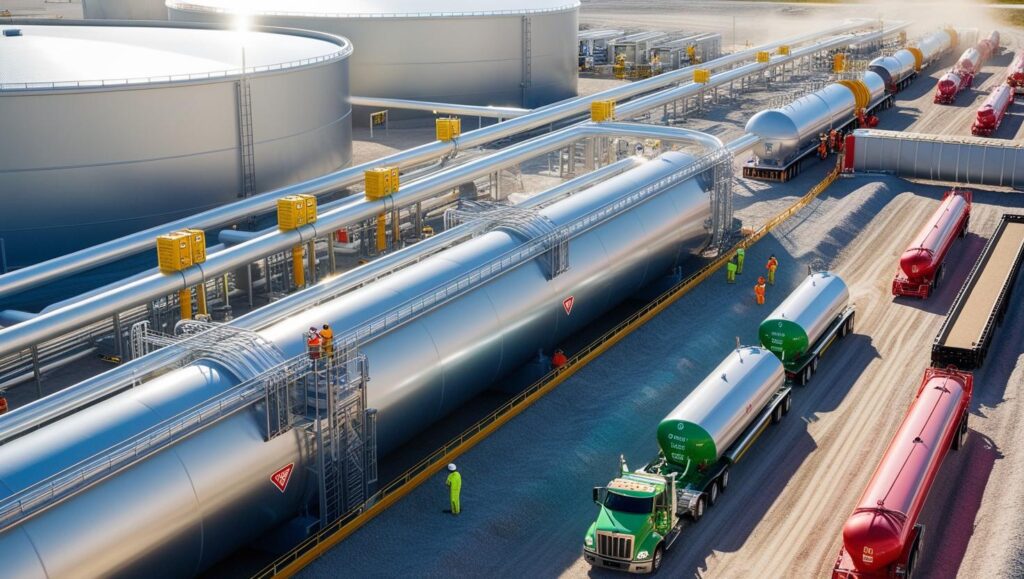
Controls dust and emissions during the storage, handling, and transport of crude oil, natural gas, and refined products, reducing contamination risks.
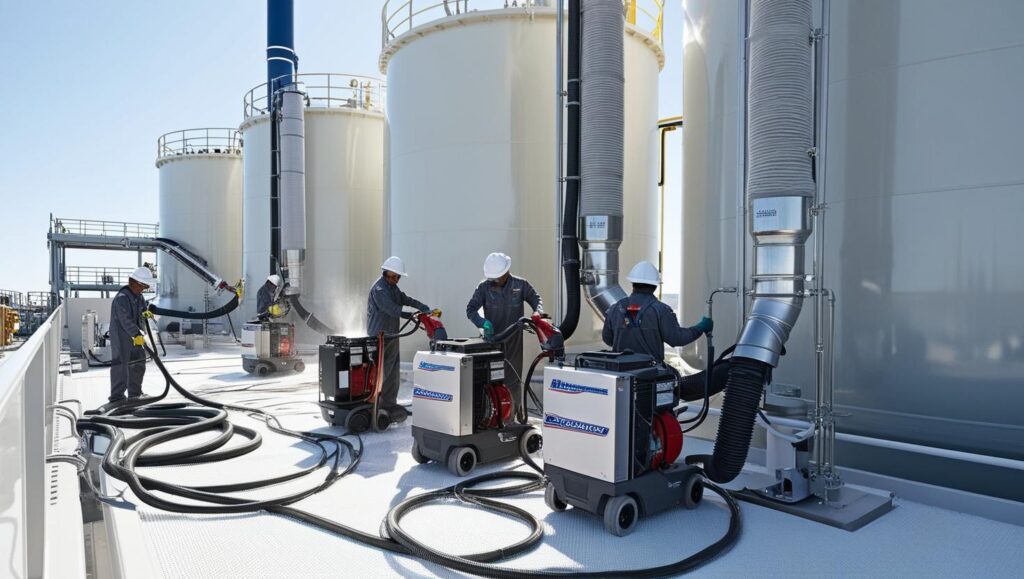
Filters fumes and particulates during the cleaning of storage tanks and vessels in refineries or at oil rigs.
Regulatory Landscape for Dust Control |
|---|
Air Quality Standards |
Worker Health and Safety |
Environmental Protection |
Combustible Dust and Explosion Prevention |
Emission Monitoring |
Waste Management and Disposal |
Energy Efficiency |
Fugitive Emissions Control |
Hazardous Materials Handling |
Dust Control Challenges |
|---|
High Dust and Particulate Loads |
Exposure to Hazardous Fumes |
Environmental Compliance |
Combustible Dust Hazards |
Operational Efficiency |
Health Risks to Workers |
Corrosive Environments |
Emissions from Offshore Platforms |
High Maintenance Demands |
Key Considerations for Effective Dust Control |
|---|
High-Efficiency Filtration Systems |
Explosion-Proof Filtration Units |
Real-Time Emission Monitoring |
Corrosion-Resistant Materials |
Temperature and Pressure Control |
Custom Solutions for Specific Applications |
Routine Maintenance and Inspection |
Efficient Airflow Design |
Hazardous Gas and Dust Combination Control |
Connect with us for Expert Consultation
Explore Our Other Services !
Frequently Asked Questions
Oil and gas facilities generate diverse contaminants—such as abrasive dust, hydrocarbons, entrained liquids, acid gases (e.g., H₂S, CO₂), and VOCs—during processes like extraction, refining, gas treatment, and compression. Filtration systems protect equipment, ensure process integrity, safeguard worker health, and support regulatory compliance across global standards like API, ISO, and NACE.
Operators commonly deploy coalescing filters to remove oil mist and liquid aerosols, activated carbon beds for H₂S, VOCs, and odour removal, and depth or particulate filters to eliminate solid contaminants such as sand, rust, and scale. Multi-stage systems, coalescers ahead of carbon beds, and specialized separators are standard in modern configurations.
Activated carbon systems are essential for trace contaminant removal. They adsorb hydrocarbons, sulphur compounds, odorous VOCs, and compressor lube oils with high efficiency—often up to 99.9999 %—especially when pre-filtered to avoid overloading the carbon bed. These are widely used in gas purification and refinery foul-air treatment.

